Tofukuji Temple is the head temple of the Tofukuji School of the Rinzai Sect of Zen Buddhism, and was completed in 1255. The Sanmon Gate is a National Treasure, and there are many other important cultural properties including the Zendo Hall.
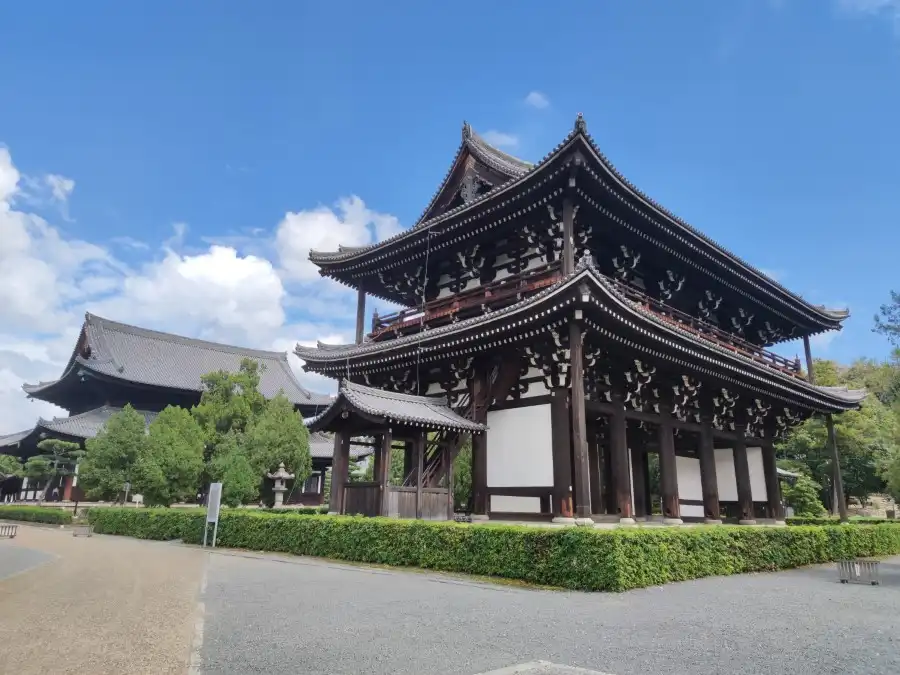
The Sanmon Gate is the oldest and largest of the sanmon gates of the Zen sect in Japan. It is approximately 22 m high. There are statues of the Hogan Shakyamuni Buddha and the 16 arhats in the upper floor. The only time you can go up to the second floor is during special opening events. The gate is a solemn space with flying dragons and heavenly maidens painted in rich colors by the monk Myojo (Chodenshi) and others.
You can visit Tsutenkyo Bridge and Hojo Gardens (by Mirei Shigemori) throughout the year for a fee. The area around Tsutenkyo Bridge is especially famous for its autumn leaves. This may be the reason why the entrance fee is higher in autumn!
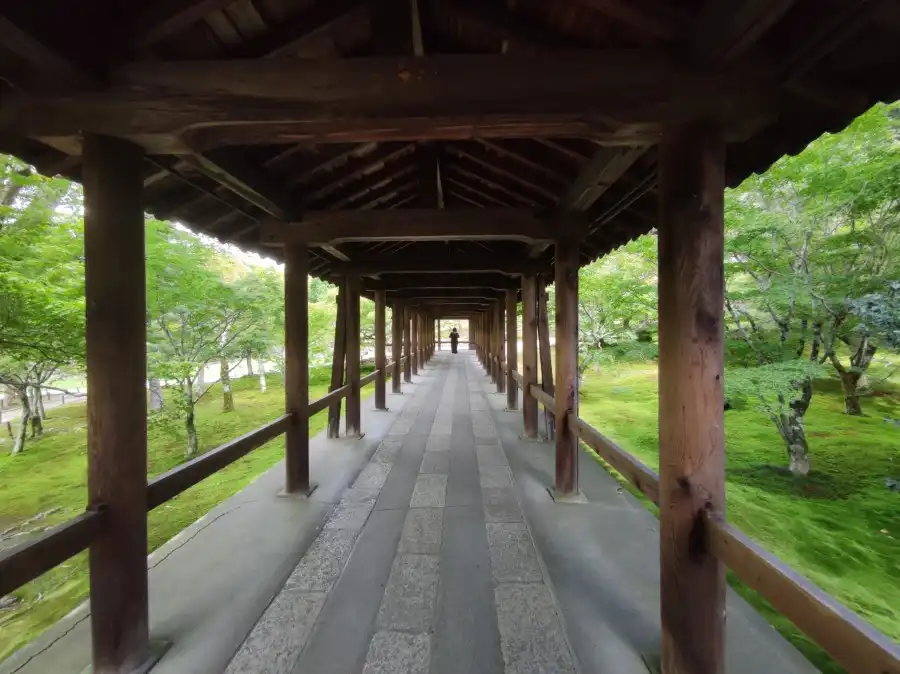


Aizendo is an octagonal circular hall with a vermilion-lacquered persimmon roof. Built in the Nanbokucho Period, it enshrines Aizenmyoo. Originally located in Manjuji Temple, a sub-temple, it was destroyed by a typhoon in 1934 and later moved to its current location.


The gardener Mirei Shigemori completed the Honbo Garden in 1939. It is a modern Zen Buddhist garden that incorporates abstract compositions of modern art, based on the stately style of the Kamakura period (the time of the temple’s founding) garden.
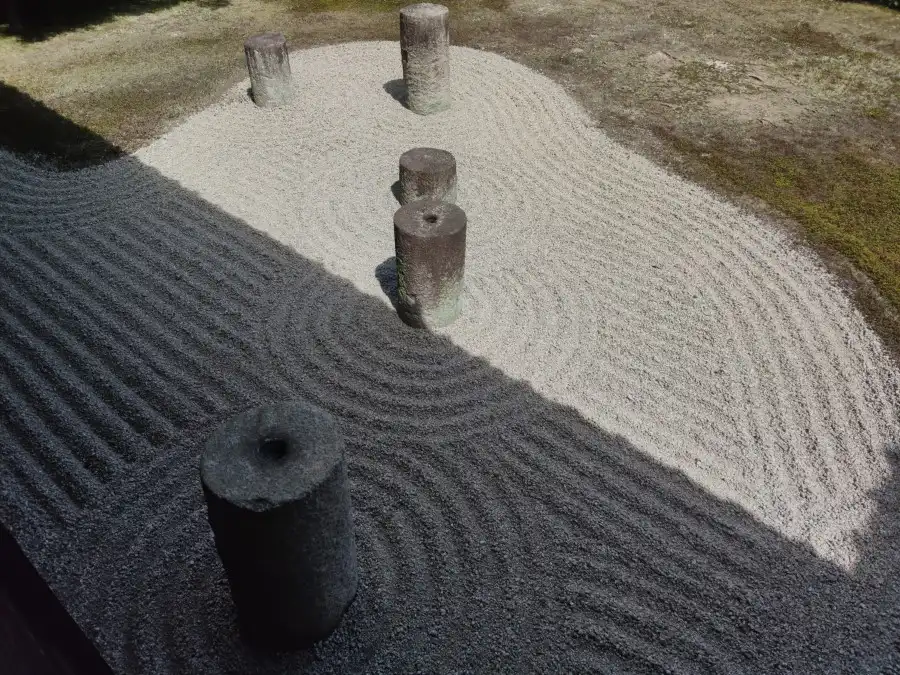
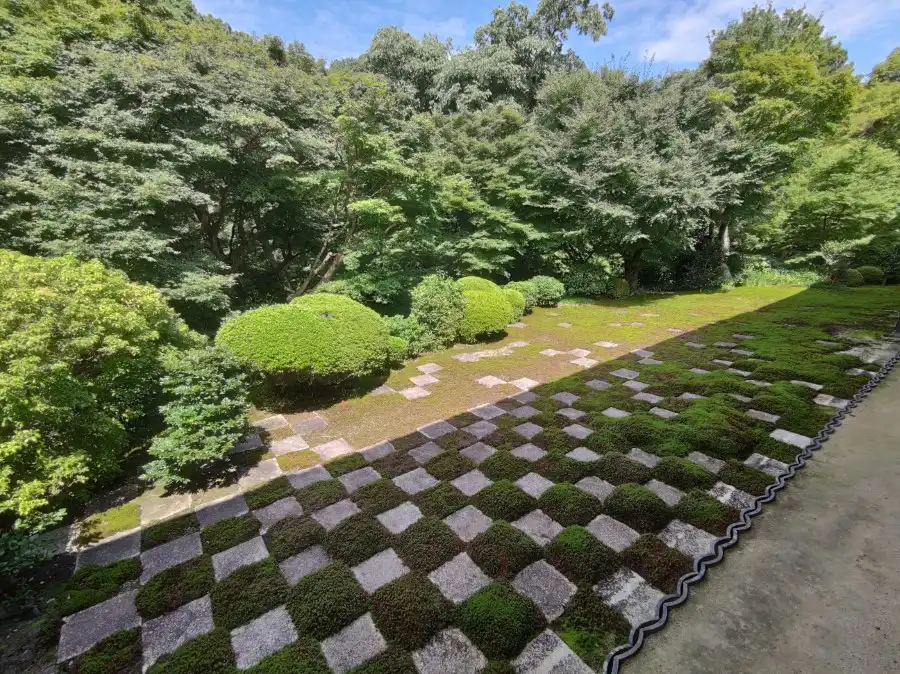
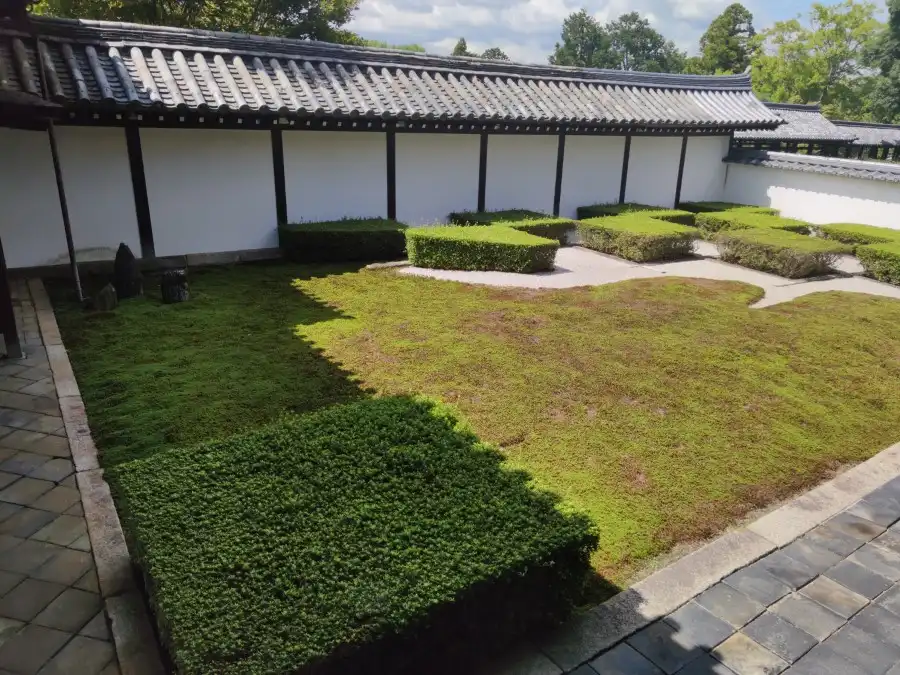

Sub-temples
There are numerous sub-temples, the most representative of which are Ryogin-an, Nanmei-in Temple, Komyo-in Temple, Bishamondo Shorinji, Manjuji Temple, Fundain Temple, Ikka-in Temple, Reiun-in Temple and Sokushu-in Temple.
Related articles:
[…] Shorinji Temple is also one of the sub-temples of Tofukuji Temple. Bishamonten, the guardian of Tofukuji Temple, is enshrined here. The Bishamonten statue is open to […]
[…] of Nanmei-in is Komyo-in, also a sub-temple of Tofukuji Temple. Komyo-in was founded in 1391, at the beginning of the Muromachi Period. Visitors can see the […]
[…] Temple is one of the sub-temples of Tofukuji Temple and is located at the southernmost point of the Tofukuji […]
[…] a sub-temple of Tofukuji Temple, was built in 1387 by Ujihisa Shimazu of the Satsuma clan. The garden is now designated as a place […]
[…] sect in Kyoto. They include, from highest rank, Tenryuji Temple, Shokokuji Temple, Kenninji Temple, Tofukuji Temple, and Manjuji Temple, with Nanzenji Temple as the specially ranked […]
[…] Tofukuji Temple and its sub-temples are only one stop away by train, but not too far on foot. […]
[…] Station, is a temple of the Rinzai sect of Zen Buddhism. It is one of the sub-temple of nearby Tofukuji Temple. It was once one of the five temples (Gozan) of Kyoto, along with Tenryuji Temple, Shokokuji […]
[…] you are tired of the crowds at Tofukuji Temple, visit the nearby Fundain Temple, one of Tofukuji’s sub-temples. You can enjoy matcha green […]
[…] Temple is one of the sub-temple of Tofukuji Temple. The temple was founded by monk Mumu Issei, the 30th abbot of Tofukuji Temple, during the Shohei […]
[…] include, from highest rank, Tenryuji Temple, Shokokuji Temple, Kenninji Temple, Tofukuji Temple, and Manjuji Temple, with Nanzenji Temple as the specially ranked […]
[…] is located northeast of the main temple complex of Tofukuji Temple, across the Engetsukyo Bridge from behind the Honbo Kouri. Engetsukyo Bridge was built in 1603 and […]
[…] Temple is located on the way to Tofukuji Temple from Tofukuji Station. There are many sub-temples in this area. Tofukuji Temple is extremely […]
[…] The monk Kiyo Houshu founded Reiun-in in 1390. At that time, the name of this temple was Fujian. Kiyo Hoshu was a high priest who had served as the 64th head monk of Tenryuji Temple, the 96th head monk of Nanzenji Temple, and the 80th head monk of Tofukuji Temple. […]